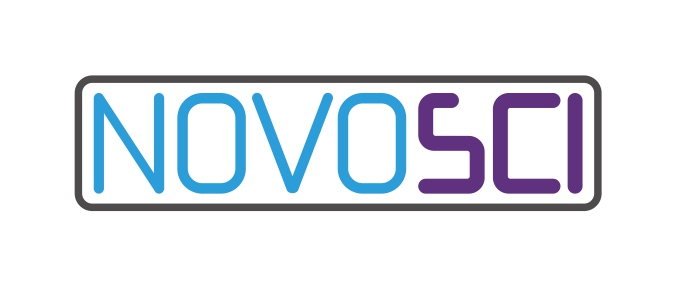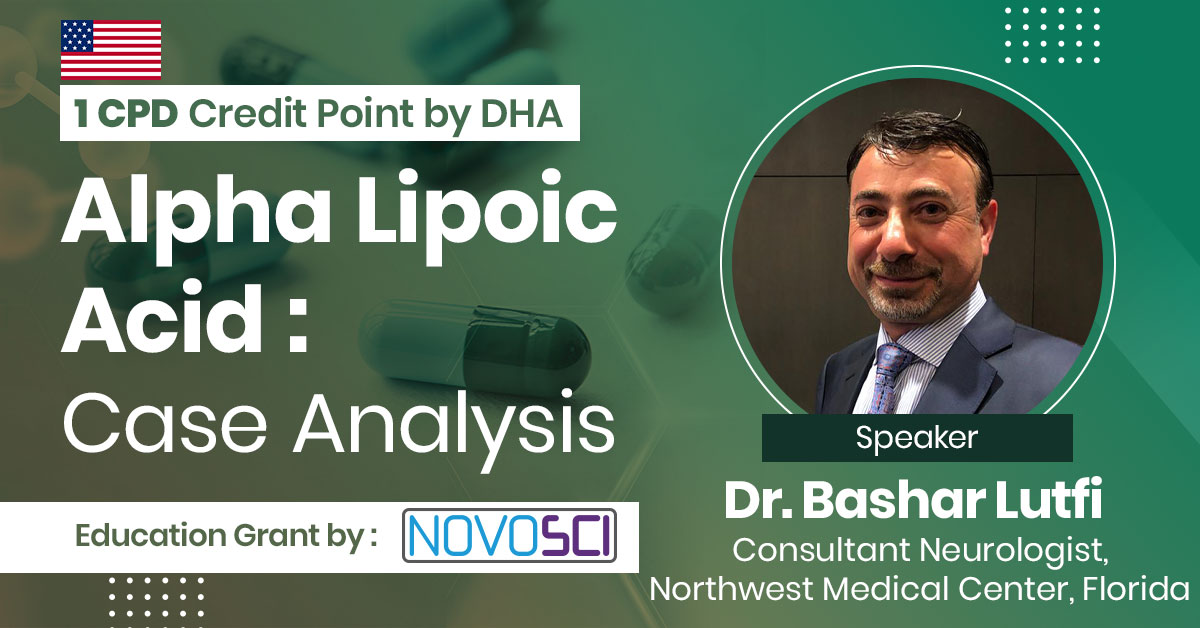- 122.8k views
Alpha Lipoic Acid : Case Analysis
Alpha lipoic acid (ALA) is a powerful antioxidant naturally produced by the body, playing a crucial role in energy production and cellular health. Its ability to neutralize free radicals makes it a promising supplement in managing oxidative stress-related conditions such as diabetes and neurodegenerative diseases. In a case analysis involving diabetic patients, ALA supplementation showed significant improvements in insulin sensitivity and reduction in neuropathic symptoms. Furthermore, ALA's dual solubility allows it to penetrate both lipid and aqueous environments, enhancing its efficacy in scavenging various types of free radicals. Studies suggest that ALA may also possess anti-inflammatory properties, potentially mitigating inflammatory processes implicated in chronic diseases. Despite its promising therapeutic effects, caution is advised when using ALA alongside chemotherapy drugs, as it may interfere with their efficacy. Notably, ALA has demonstrated neuroprotective effects in Alzheimer's disease models, suggesting a potential role in slowing disease progression. However, further research is warranted to elucidate the optimal dosage and long-term safety profile of ALA supplementation. Additionally, ALA's ability to regenerate other antioxidants such as vitamins C and E further underscores its importance in maintaining overall health.
About the Speaker
Dr.Bashar Lutfi
Consultant Neurologist and Vice Chief of Department of Medicine , Northwest Medical Center, Florida.
Dr.Bashar Lutfi is currently working as Consultant Neurologist Vice Chief of Department of Medicine at WooNorth University Drive Tamarac, Florida , USA. His areas of interest is General Neurology and Stroke. Dr. Bashar has board certifications in 2008 Vascular Neurology & Stroke by the American Board of Psychiatry & Neurology and in 2000 American Board of Psychiatry & Neurology, in 2011 Recertification: American Board of Psychiatry & Neurology, in 2022 Recertification: American Board of Psychiatry & Neurology, in 1997 American Board of Internal Medicine. His publications and research include clinical trial of the effectiveness of High Dose Intra Venous Immunoglobulin in Stif, Man Syndrome. New England Journal of Medicine 2001 , Dalakas MC, B. Lutfi and Colleagues. He is a life time member of American Academy of Neurology AAN, American Stroke,Association/American Heart Association ASA/AHA
Upcoming Case Discussions
Acne: Disorders and Treatment Approaches
Acne is a common dermatological condition caused by clogged pores, excess sebum production, bacterial growth, and inflammation. It can manifest as blackheads, whiteheads, papules, pustules, or cysts, often leading to scarring if untreated. Various factors, including hormonal changes, diet, stress, and genetics, influence its severity. Treatment approaches range from topical and oral medications, such as retinoids, antibiotics, and hormonal therapy, to advanced procedures like chemical peels and laser therapy. A personalized skincare regimen, along with lifestyle modifications, plays a crucial role in managing and preventing acne.
Congenital Uterine Anomalies
Congenital uterine anomalies are structural abnormalities of the uterus resulting from improper fusion, canalization, or resorption of the Müllerian ducts during fetal development. These anomalies include septate, bicornuate, unicornuate, and didelphys uterus, among others. They can be asymptomatic or associated with infertility, recurrent pregnancy loss, preterm birth, or abnormal menstruation. Diagnosis is typically made using imaging modalities like ultrasound, MRI, or hysterosalpingography. Treatment depends on the type and severity of the anomaly, with surgical correction such as hysteroscopic septum resection often indicated in symptomatic cases. Early detection is crucial for optimizing reproductive outcomes and guiding appropriate management strategies.
Management of Postoperative Pain: Best Practices for GP’s
Effective management of postoperative pain is crucial for promoting recovery and preventing complications. General practitioners should start by assessing pain severity using appropriate scales, then tailor the treatment plan based on the patient's medical history and the type of surgery. A combination of pharmacological approaches, such as non-opioid analgesics (e.g., NSAIDs) and opioids when necessary, should be used to minimize pain while reducing the risk of addiction. Multimodal strategies, including physical therapy and non-pharmacological techniques like cold therapy or mindfulness, can further enhance pain relief. Close follow-up is essential to adjust the treatment as needed and ensure the patient's pain is well-controlled.
Diabetes and Stem Cells: What Does the Future Hold?
The future of diabetes treatment may be revolutionized by stem cell research, offering hope for a long-term cure. Scientists are developing stem cell therapies that could regenerate insulin-producing beta cells in the pancreas, potentially restoring natural insulin production in people with type 1 diabetes. Early clinical trials have shown promising results, with some patients reducing or eliminating their need for insulin injections. While challenges like immune rejection and long-term efficacy remain, continued advancements suggest stem cell therapy could significantly change diabetes management in the coming years.







